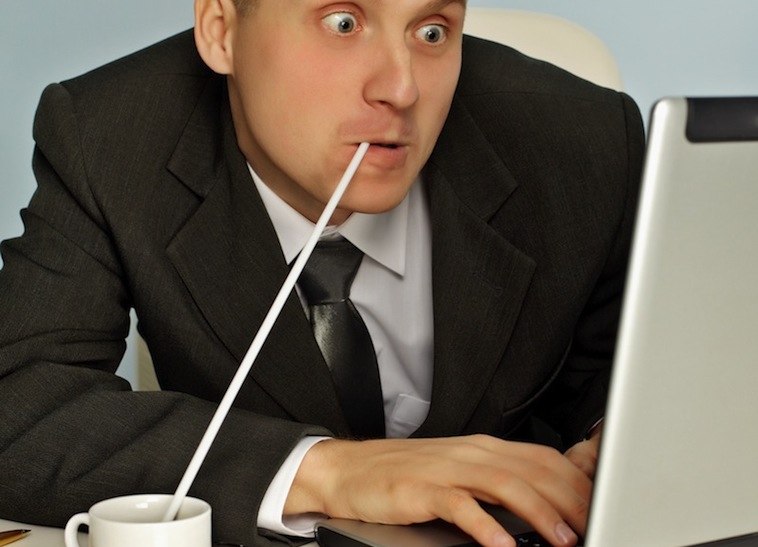

Members help make our journalism possible. Waiting an extra minute could be a deal breaker." "To snag millennials, they want convenience," he said. In emphasizing a c-store's advantage with convenience, DiDomenico said retailers need to consider the complexity of any new offer, even if it's a potential growth category such as espresso drinks. He said to make sure multiple cues exist to support the idea of fresh, be it an open kitchen where people see items being made or serving product within the proper freshness dates. But while "fresh" is an important descriptor, it's also overused.Some of the important "descriptors" to best sell coffee today include "fresh," "aroma," "rich," "whole-bodied" and "pure.".Explaining ingredients, where product came from, who grew it-these were all elements of a story that appeals to coffee customers. "You're going to win the game in the weeds," he said, believing that store-level execution can make the difference. About a third of coffee consumers were dissatisfied with coffee away from home, with some attributes being product served too hot, slow service or not having the preferred sweetener or creamer.Demand for medium roasts is shrinking, dark roast is up slightly while the biggest increases have been in light or "blonde" roasts.
#Coffee buzz words professional#
In some larger cities, you may also find "coffee sommeliers." Coffee sommeliers are professional baristas who have developed special knowledge about the history of coffee, such as types of beans, roasting and brewing methods, and latte art. A History of Coffee in 10 Buzzwords Coffees importance can be traced across the centuries through the names we’ve come to know it by. Most coffee shops hire workers and train them to be baristas over time.

#Coffee buzz words how to#
If you're wondering how to become a barista, just ask the employees at your local specialty coffee shop. However, a typical two-ounce serving (“double shot") of espresso has about the same amount of caffeine as the usual six-ounce cup of “ regular" brewed coffee. Buzzwords like traceability, direct trade, and more are thrown around too often without any real accountability. Some people think espresso provides extra energy because it contains more caffeine per unit of volume than many other beverages. The emphasis here is on ethics and justice in coffee. Depending on the customer's preference, a latte may or may not also have a thin layer of microfoam. Baristas often top coffee drinks with microfoam so they can create special, but temporary works of art on top of drinks.Ī latte is similar to a cappuccino, except that it is made with almost equal parts of espresso and steamed milk. Microfoam is steamed milk that forms a very fine layer of foam when created with a special espresso machine. Although some people prefer the taste of plain espresso, others prefer coffee drinks that mix espresso with water, milk, or other liquids.įor example, a cappuccino is made with one-third espresso, one-third steamed milk, and one-third microfoam. Espresso was invented in Italy in 1884 when Angelo Moriondo patented his first espresso machine.Ĭompared to “ regular" brewed coffee, espresso is thicker and has a more intense flavor. Coffee, Coffee BuzzBuzzBuzz® Coffee Ice Cream with Espresso Bean Fudge Chunks This concoction gets its coffee-coffee richness from coffee extract, & its buzzbuzzbuzz from espresso fudge chunks. Instead, espresso is a special way of brewing coffee.Įspresso is an especially concentrated form of coffee made by forcing hot water and steam under pressure through tightly-packed coffee grounds. Espresso is not a particular coffee bean or type of roast (which means how the beans are cooked). Most specialty coffee shops serve coffee drinks based on espresso.

In the United States, however, the term “barista" is generally only used for those who serve specialty coffee drinks. Umm, obviously ours is.COFFEE Everything is F-R-E-S-H here at Buzz Coffee Roasters. You might also need to be a little artistic!īarista is the Italian word for “bartender." In Italy, baristas serve drinks of all kinds, not just coffee. To be a barista, you have to learn how to make many different types of coffee drinks. Baristas are usually employed by specialty coffee shops.

Have you ever been to a specialty coffee shop where all the drinks - and even the sizes of the cups - have weird names? If so, you've probably already seen a barista in action.Ī barista is a person who makes espresso-based coffee drinks.


 0 kommentar(er)
0 kommentar(er)
